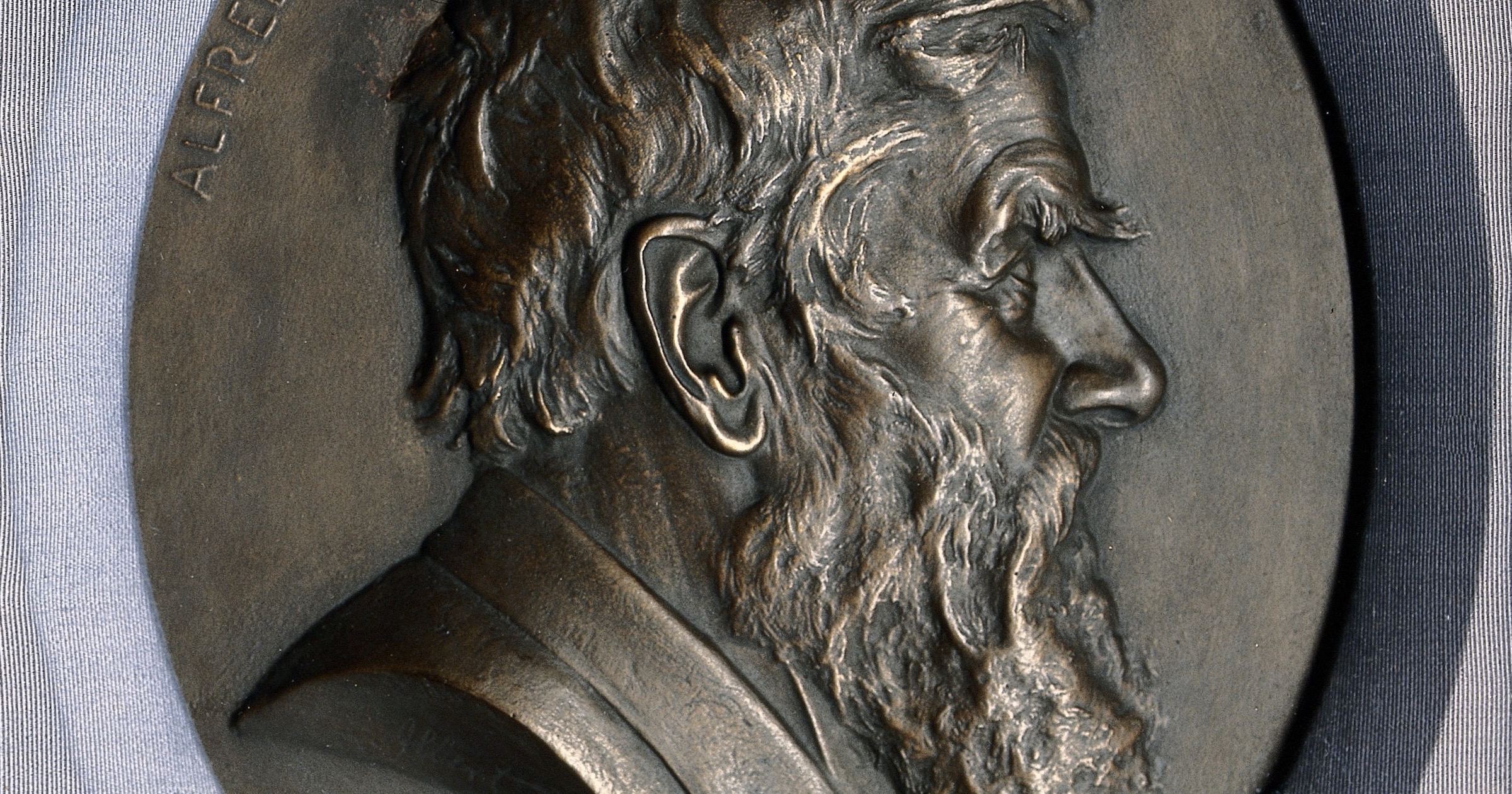 Evolution
Evolution
 Intelligent Design
Intelligent Design
For Labor Day Weekend: Alfred Russel Wallace, Scientist and Working Man

We hope you enjoy your Labor Day weekend. While you are carefully putting away all your white clothing until next summer, take a moment to consider the impact of labor on the development of evolutionary theory.
That’s right, the two founders of evolutionary theory, Wallace and Darwin, came from very different backgrounds. Alfred Russel Wallace, whose thought receives an accessible treatment in the new book Intelligent Evolution: How Wallace’s World of Life Challenged Darwinism, would later become a premature proponent of what we now call intelligent design. Unlike Darwin, Wallace grew up among the middle class and had to work for a living. This dictated the contours of his life and research. Charles Darwin came from family money.
Watch the video below for a brief take on the impact of this difference from our friend and colleague, the historian Michael Flannery. Wallace did his collecting, leading to his own formulation of evolutionary thinking, because his livelihood urgently depended on it. Darwin felt no such pressure. So what? As we’ve explained before:
Darwin’s voyage on The Beagle was paid for by his father (around 600 pounds worth). By custom the ship’s senior surgeon, Robert McCormick, should have been the expedition’s naturalist. Darwin’s official duty was not as the ship’s naturalist. From the beginning of the voyage, the notion that Darwin was the Beagle’s naturalist existed only in his own mind. Disagreements between McCormick and Darwin would ultimately have the surgeon leave the expedition in a huff.
FitzRoy, after McCormick’s departure, basically allowed the official collection he had ordered to take second place to Darwin’s. “Darwin,” FitzRoy rumbled darkly in post-Beagle days, “should not forget the generosity extended to him by captain and crew alike. It seems only too evident, however, that he did” (Janet Browne, Voyaging, p. 227). Does this sound anything like an Indiana Jones?
In contrast, Wallace, by and large, paid his own way with the specimens he collected and sent off to his agent Samuel Stevens back in England. For Darwin, collecting was a fascination underwritten by his father, Dr. Robert Darwin. For Wallace collecting was a passion and a livelihood fueled by his own hard work.
How many specimens did Wallace bring home? In the East alone, 310 species of mammals, 100 reptiles, 8,050 birds, 7,500 shells, 13,100 Lepidoptera (butterflies), 83,200 Lepidoptera (beetles), 13,400 “other insects.” Total: 125,660. This excludes species collected in South America, many of which were lost in a shipwreck.
Darwin amassed nothing approaching this. Wallace’s massive collecting reflects a man in need of an income — no specimens meant no sales. Darwin’s comparatively smaller scale collecting reflect the interests of hobbyist with the leisure of an independent income. Which do you think represents the more independent adventurous spirit?
Disney, you may recall, once promised that a Darwin biopic was in the works absurdly casting young Charles in an Indiana Jones model of swashbuckling adventurer. That role, as well as that of sympathetic working man, really belongs to Alfred Wallace. For the true adventure story of his life, see also Professor Flannery’s Alfred Russel Wallace: A Rediscovered Life.
